Nuclear Reactions:
The reactions in which nuclei of atoms are involved resulting in the formation of new nuclei are known as Nuclear reactions. When a nucleon (incident particle) comes in contact with another nucleus (target nucleus), the latter changes into a new nucleus and this process is known as a Nuclear reaction. These reactions are expressed in the form of chemical equations as under-
- The reactants are written on the L.H.S while products on R.H.S having an arrow in between.
- The mass number (atomic mass) of the element is written as superscript while the atomic number is expressed as a subscript on the symbol of the element say A as Atomic NumberAAtomic Mass. For Example- 92U238 represents the atom of U having atomic mass 238 and atomic number 92.
- Atomic Mass and Atomic Number must be balanced on both sides of Nuclear reaction.
- The symbols used for various projectiles used in Nuclear reactions are as- proton (1H1), electron or β-particle (-1e0), Neutron (0n1), α-particle (2He4), deutron (1H2 or 1D2) etc. A nucleon is a nuclear particle.
Nuclear reactions are usually represented by the following notations and sequence-
Reactant Nucleus (Bombarding Particle, Particle Emitted) Product Nucleus. For Example- the nuclear reaction 13Al27 (α, p) 14Si30 mean Al-27 is a target, α-particle is a projectile, a proton is an emitting particle and Si-30 is the product and is represented as-
| 13Al27 + 2He4 ————–> 14Si30 + 1H1 |
Other Examples are-
| 7N14 + 2He4 ————–> 8O17 + 1H1 i.e. 7N14 (α, P) 8O17 8O16 + 0n1 ————–> 6C13 + 2He4 i.e. 8O16 (n, α) 6C13 4Be9 + 2He4 ————–> 6C12 + 0n1 i.e. 4Be9 (α, n) 6C12 4Be9 + 1H1 ————–> 3Li6 + 2He4 i.e. 4Be9 (P, α) 3Li6 |
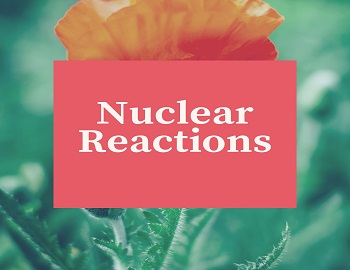
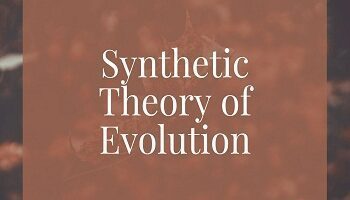
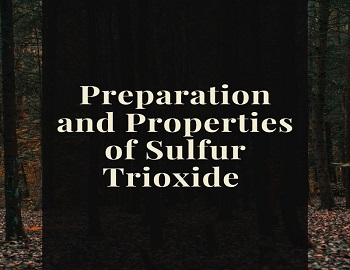
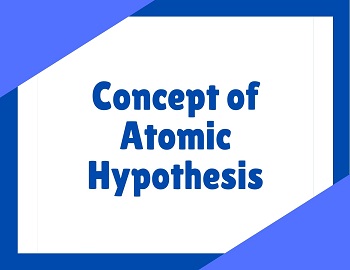
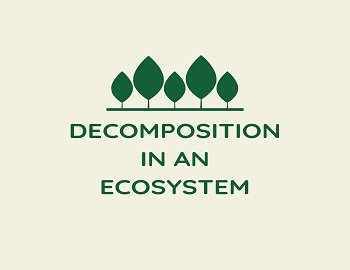



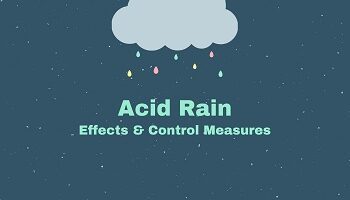
Comments (No)